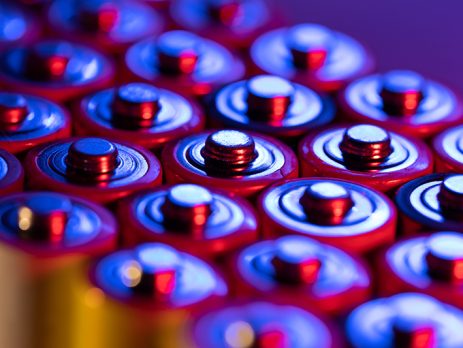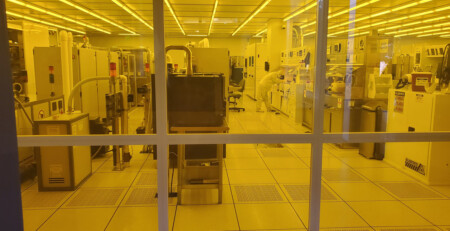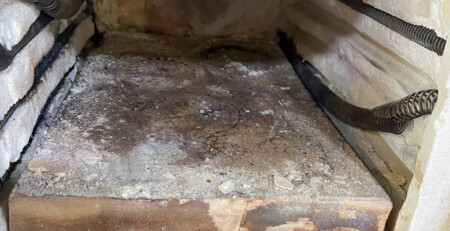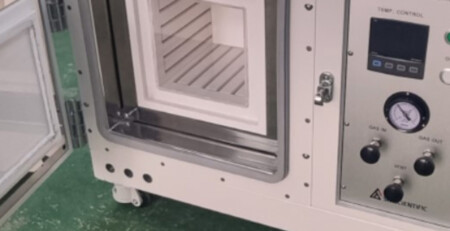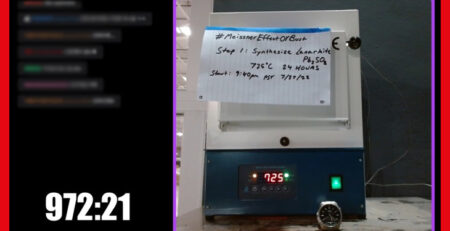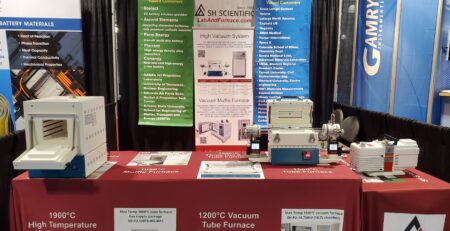Post “242nd Electrochemical Society Conference” Reflection
In mid-October, we had the privilege of traveling to Atlanta for the 242nd Electrochemical Society Meeting. As a supplier of several battery laboratories, we were eager to see how today’s most innovative teams use heat treatment in novel ways.
As usual, the gathering did not disappoint, with researchers from several prominent universities providing a glimpse into the future of battery design—and into how cutting-edge labs are using SH Scientific tube furnaces to make real-world discoveries.
Below are some of our highlights from this autumn’s Meeting.
Dongshin University (Korea)
Colleagues from Korea’s Dongshin University and battery manufacturer TDL presented research titled “Investigation of high-performance all-solid-state lithium-ion batteries based on high ionic conductivity Li7La3Zr2O12 solid electrolyte.”
Inside a battery, the cathodes and anodes are separated by an electrolyte. Today’s lithium-ion electrolytes are liquid, so they carry a risk of overheating or overcharging, both of which rapidly expand the battery. This can lead to combustion or explosion.
The research looked at the synthesis of a solid-state electrolyte called LLZO, notable for its high ionic conductivity (not to mention energy density and lifespan).
The procedure was:
- Place Li2CO3 + La2O3 + ZrO2 in a ball mill for 12 hours at 250 rpm.
- 12 hours of drying at 100° C.
- 10 hours of calcination at 950° C. Recommended tube furnace: SH-FU-STG line (max 1200° C).
- A further 12 hours in a ball mill at 250 rpm.
- 3 minutes of pressing at 30 MPa.
- 6 hours of sintering at either 1100°, 1150°, or 1200° C in air. Recommending tube furnace: SH-FU-TH line (max 1500° C).
In their analysis, the team found that sintering at a higher temperature (i.e., closer to 1200° C) resulted in larger particle size, better grain boundary formation, and lower impedance. In other words, hotter sintering (within the tested range) yielded superior LLZO.
Indiana University–Purdue University (USA)
Researchers from Indiana University and Purdue University presented “Fundamental Insights into the Effectiveness of Cathode Regeneration.”
A cathode has a limited lifespan. It becomes delithiated (“spent”) over the course of many charge-discharge cycles, which leaves toxic metal and plastic waste while depleting valuable materials.
Researchers like the Indiana–Purdue team are testing regeneration techniques to extend cathode lifespan and mitigate the environmental and financial impact of spent LI batteries. One of their most promising findings was a procedure they called “Relithiation of delithiated LCO (Lithium Cobalt Oxide),” as follows:
- Use chemically delithiated cathodes that replicate a spent battery.
- Apply a 4M LiOH solution for 20 hours at 200° C.
- Calcinate for 6 hours at 800° C. Recommended tube furnace: SH-FU-STG line (max 1200° C).
While this relithiation technique couldn’t repair “severe morphological changes,” it did in fact restore battery performance at low to moderate charge rates.
Technische Universität Darmstadt (Germany)
German researchers probed a next-generation technology in their work, “Influence of Fe doping on the bifunctional activity of LaCoO3 for zinc air batteries.”
Lithium-ion batteries have proven not merely useful, but world-changing. Still, they leave a lot to be desired in terms of energy density, safety, cost, and resource dependency. Zinc–air batteries are poised to address those shortcomings through cheaper and more abundant materials, higher energy densities, and a stable electrolyte: water.
The main challenge is the efficiency of the oxygen evolution reaction (OER) and oxygen reduction reaction (ORR), which are the core processes of a zinc–air battery. The German team synthesized LaCoO3 with different degrees of iron integration that were expected to affect OER and ORR efficiency.
- Synthesize LaFexCo1-xO3 perovskites using a sol–gel process. Do this for x values of 0, 0.2, 0.4, 0.6, 0.8, and 1.0.
- Calcinate for 6 hours at 1000° C in air. Recommended tube furnace: SH-FU-STG line (max 1200° C).
The team found that different Fe to Co ratios did indeed show different OER and ORR activity. However, different catalysts exhibited peak activity: LaFe0.4C0.6O3 maximized the OER, whereas LaCO3 maximized the ORR.
KAIST (Korea)
Finally, a duo from the Korea Advanced Institute of Science & Technology presented their work, “Synthesis of Single-Atom and Dual-Atom Catalyst Using N-Defective C3N4.”
Single-atom catalysts (SACs) appear to allow higher discharge rates than current mass-produced battery technologies. However, it’s thought that dual-atom catalysts (DACs) may provide even greater electrocatalytic performance than SACs. To test this, these researchers did the following:
- Pyrolyze for 4 hours at 550° C in air to synthesize the C@C3N4 support. Recommended tube furnace: SH-FU-STG line (max 1200° C).
- Heat for 1 hour at 200° in air to impregnate the support with the first metal.
- Heat for 1 hour at 300° C in N2 to introduce N-vacancy.
- Heat for 1 hour at 200° C in 10% H2/N2 to impregnate with the second metal.
This research validated the potential of C3N4 with N-vacancies as a DAC support, and confirmed that it’s possible to create N-vacancies using heat treatment with NaBH4 in a tube furnace.
It’s always valuable and satisfying to see how battery researchers put their tube furnaces and other equipment to use in furtherance of battery technology.
The 242nd ECS Meeting was no exception, and we’re eager to reconnect with the teams above, and dozens of others, at the next ECS event in 2023.
Meanwhile, if your own lab is looking for a cost-effective way to scale up thermal treatment, then reach out to learn more about our extensive line—and surprisingly affordable customizations.

